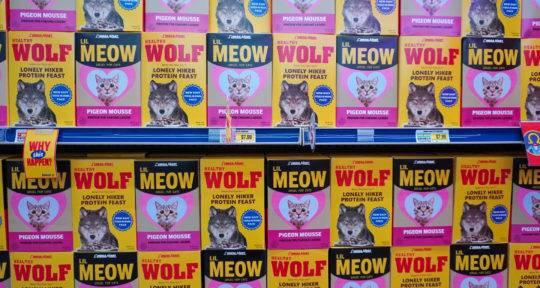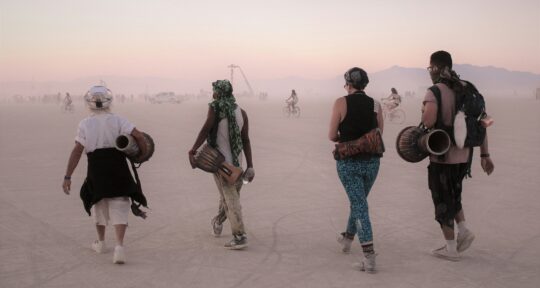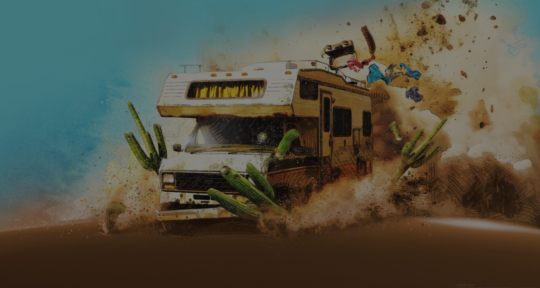I first witness signs of Gullah culture in the woven sweetgrass baskets displayed on the sidewalks of Charleston, South Carolina. A centuries-old craft that originated in Sierra Leone, women still make these intricate baskets using techniques passed down through generations. Historically, though, this artistry belonged to ailing men put to work weaving large utilitarian baskets for the plantations.
It’s on a chance visit to Hilton Head Island’s Coastal Discovery Museum that I come across The Gullah Sweetgrass Gallery. Carrying on a proud family tradition, the gallery offers basket-making classes and a chance to watch seventh-generation basket sewers Michael Smalls and Dino Badger at work. Smalls says he learned this art form from his great-grandmother, whose own mother was an enslaved worker.
Today, the duo spends long summer days gathering up as much marsh sweetgrass and palmetto leaves as they can, then spreading their haul out in the sun prior to sewing. Using just two tools—a pair of scissors and a spoon or nailbone—the sewers follow no standard pattern. With unfettered confidence, they show me how the the seagrass flows naturally into the shape of a basket. As it takes its own unique form, they name each basket based solely on its looks.
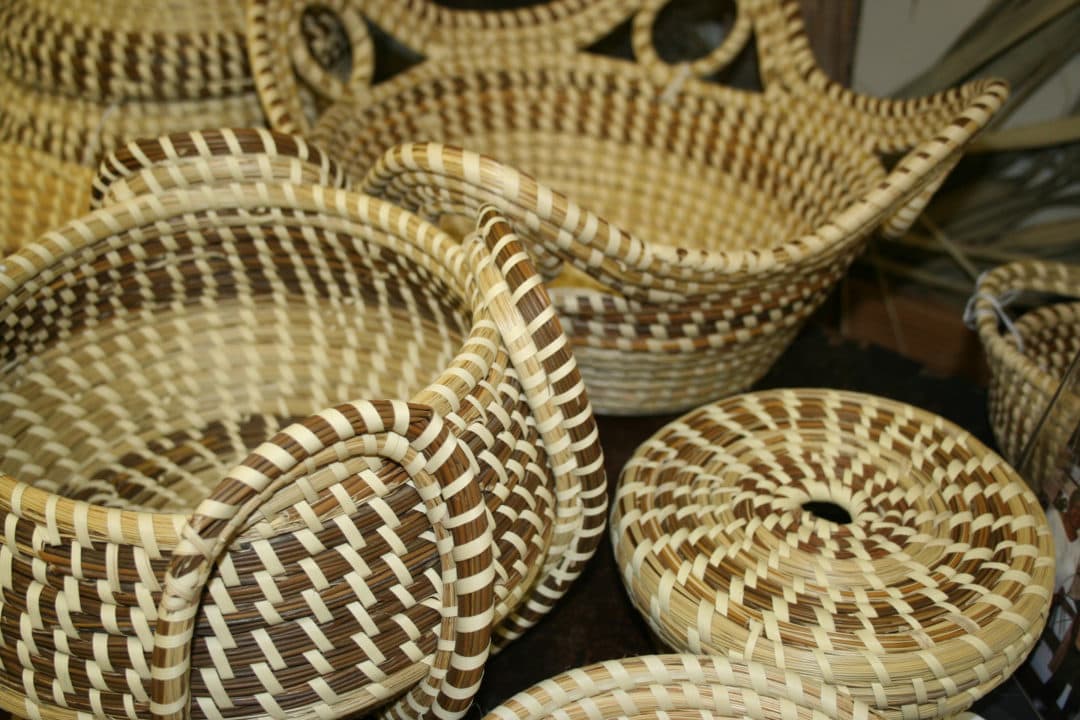
As they sew, Smalls and Badger break into a spate of rapid-fire patois. Incomprehensible to most, the Gullahs’ quick-paced creole is a complex mash-up of English and African languages. Gullah words can be traced back to several West and Central African countries.
Shaking my hand, Smalls says, “We bin ya, they come ya,” which means that the Gullah belong here and the rest of us are just passing through. Gullah (or Geechee) was officially recognized as an international nation on July 2, 2000.
Secluded Sea Islands
Secluded on South Carolina’s Sea Islands for generations, the little-known Gullah people have arguably preserved more of their heritage than any other African-American community in the U.S. It’s one of the oldest cultural groups still thriving as a “nation within a nation,” and today, natives of the once-isolated Sea Islands still serve up flavorful Gullah dishes, weave baskets, and share their heritage in tours, galleries, and museums. Fourth- and fifth-generation Gullahs help bring to life the history of freed West African slaves shipped to the marshes of South Carolina’s Sea Islands to work on cotton and rice plantations.
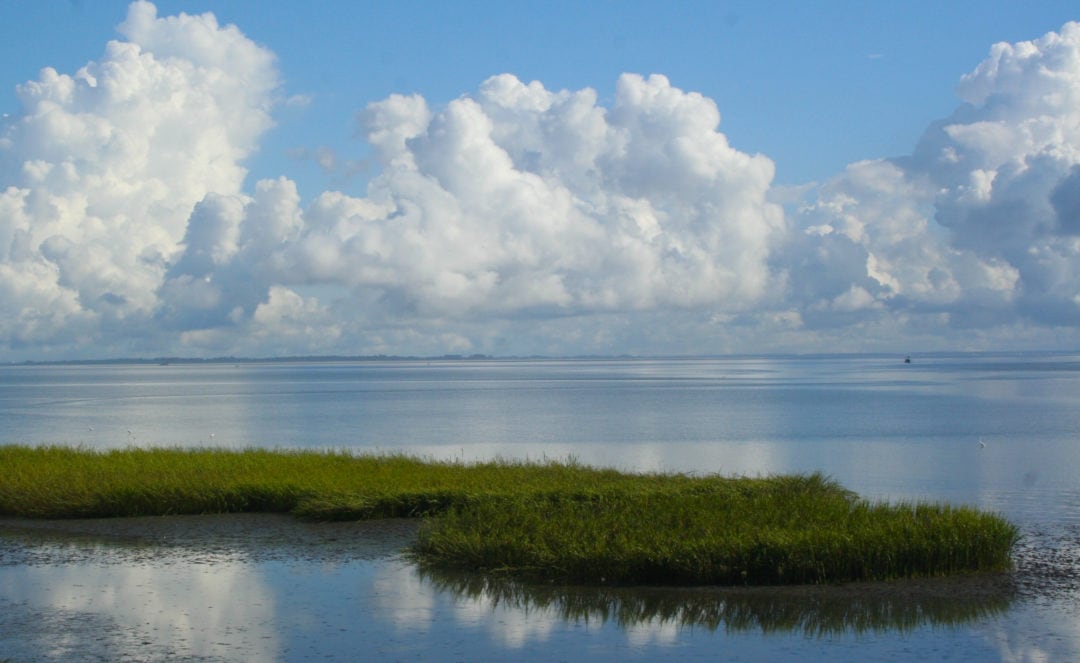
It was in November 1861 that the Sea Islands, or Lowcountry, of southeastern South Carolina first came under Union control. Wealthy plantation owners fled, leaving more than 10,000 African Americans (about one-third of the total enslaved population) on their own. All at once, Beaufort County became the first place in the Southern United States where former slaves could begin integrating themselves into free society. Those who stayed claimed land from abandoned plantations, opened businesses during Reconstruction and, as Jim Crow laws took hold, increasingly isolated themselves in communities along the coastal corridor. Amid this shared experience, a new culture was born. In the Lowcountry, the Gullah people clung to aspects of their African heritage, traditional crafts and folktales, rituals, cuisine, and music.
Slicing my way northeast, illustrious towns of yesteryear hurtle by—quaint Port Royal, charming Bluffton—delivering me to the quintessential oak- and mansion-lined streets of Beaufort just in time for supper. One of only a handful of spots in the U.S. that has its entire downtown designated as a Landmark Historic District, my sanctuary for the night is the immaculate Beaufort Inn. As a sorbet-hued dusk settles in the courtyard, a crowd gathers and a dynamic ensemble, The Gullah Kinfolk, breaks into a rousing musical performance. Recounting their slave ancestors’ long anticipated freedom, the jubilant singing and dancing hit home.
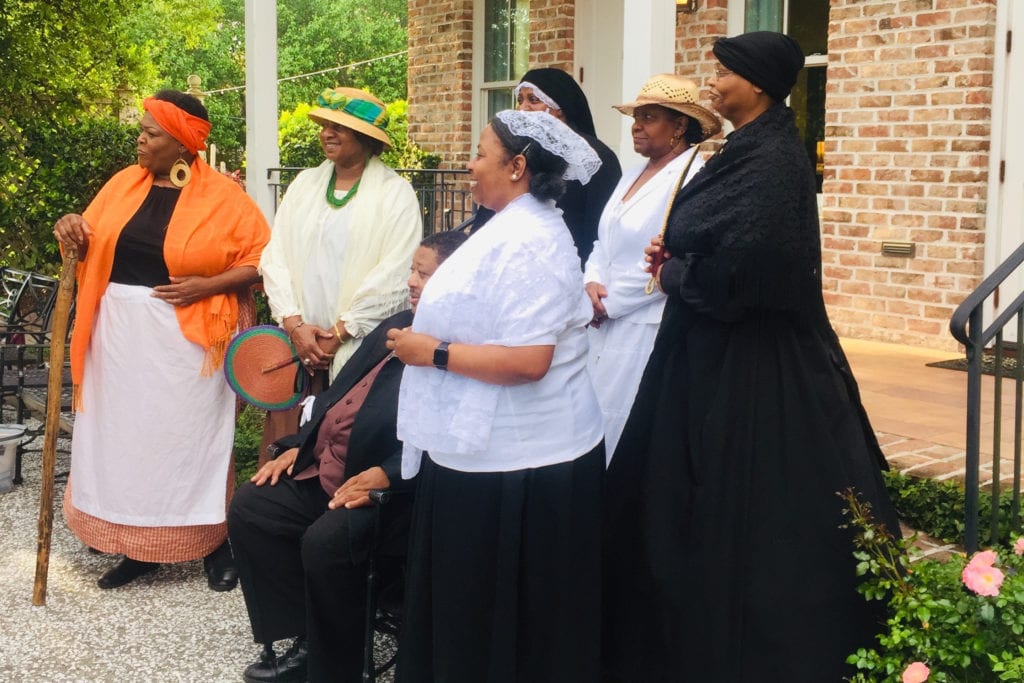
The Gullah Kinfolk. | Photo: Helen Truszkowski 
Boone Hall slave cabin. | Photo: Helen Truszkowski 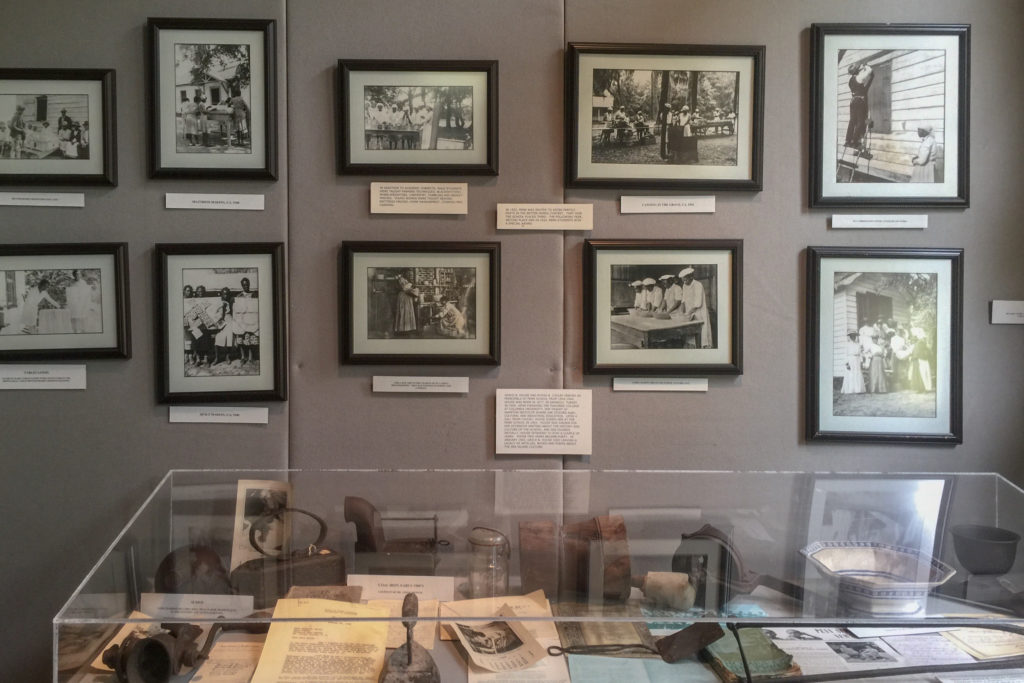
Penn Center. | Photo: Helen Truszkowski
Sublime storyteller Anita Singleton-Prather brings history to life as Aunt Pearlie Sue, a character that channels her native Sea Island grandmother. Backed by a band of ebullient, soulful singers, Singleton-Prather’s commitment to unveiling the Gullah way of life is intoxicating. As Singleton-Prather joins me for a bowl of perloo stew, she says, “We come together in sharing, laughter, and praise God for this wonderful heritage that emerged out of the horrors of slavery to a beautiful Gullah culture.”
A new narrative
I’m hooked, I want more, and I find it on St. Helena Island, a welcome antidote to so many of today’s tourist-laden spots. Salty marshes perfume the air, clapboard cottages peek out from pine forests, children wave at me from fields of wildflowers, and Gullah farmers stand on the side of the road, selling their farm-to-table collards and corn from pickup trucks.
The 50-acre Penn Center, founded in 1862, is one of the nation’s most historically significant African American educational and cultural institutions. As the first school in the South created for former slaves, it was in this very spot that African Americans got a chance at an education. As Penn School evolved into the Penn Center in the 20th century, it remained a crucial spot for education, community, and political rallies. In the 1950s and ‘60s, civil rights leaders, including Dr. Martin Luther King Jr., met here. More than a century later, their strife continues to cast a formidable shadow.
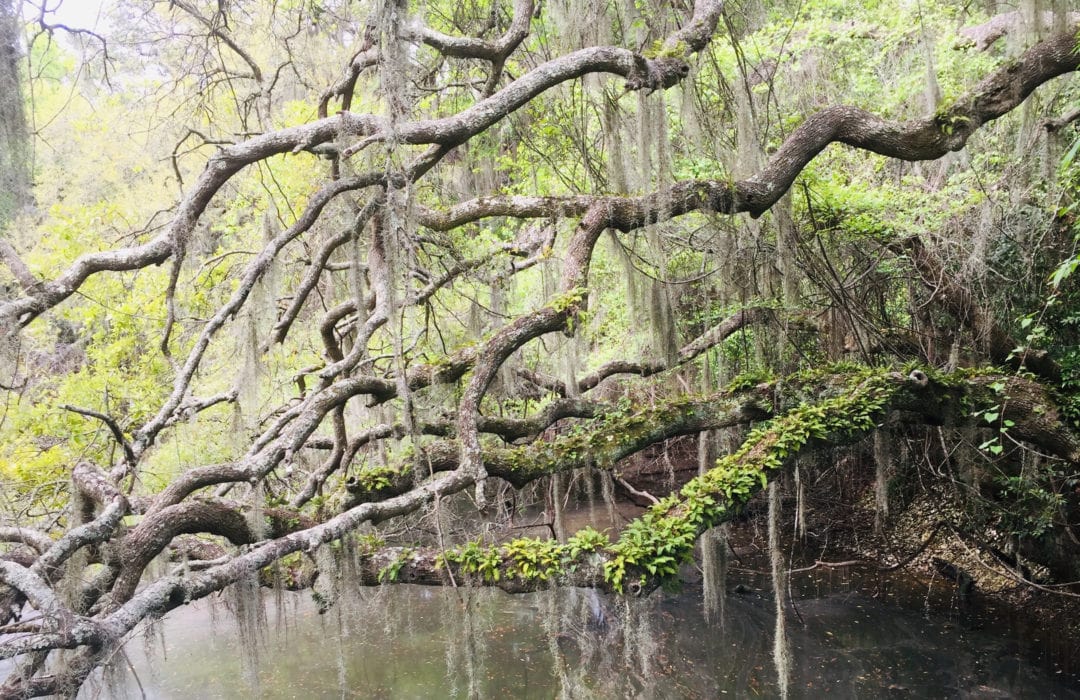
I end my tour of the Gullah heritage corridor wiser than I began, with one last stop to pay homage to those African ancestors who first shaped Gullah culture. Cruising down an imposing avenue of silvery moss-draped oaks, I glimpse the sprawling 738-acre Boone Hall plantation, one of America’s oldest working farms. Founded in 1681, today’s Boone Hall promises a rare and unflinching look at slavery, while celebrating the ingenuity of those who endured.
Spectacular blooming gardens and oaks aside, there is no way to properly explore a plantation of this magnitude without acknowledging how it was run. The history of the vaulted ceilings and hand-painted ceramics in the “big house” are only a small part of the narrative.
A vibrant legacy
Passing through camellia, azalea, and rose beds, I take a soul-wrenching walking tour of Boone Hall’s slave cabin lane. Here, the ins-and-outs of slave life are highlighted in nine original brick cabins built between 1790 and 1810. It’s a stark, in-your-face look at the slaves’ daily life, the struggles they faced, and their progression to present day. While the walk is far from lighthearted, it’s a delight to come upon the mesmerizing resilience and warmth of the people that endure in the live Gullah Theater at cabin nine.
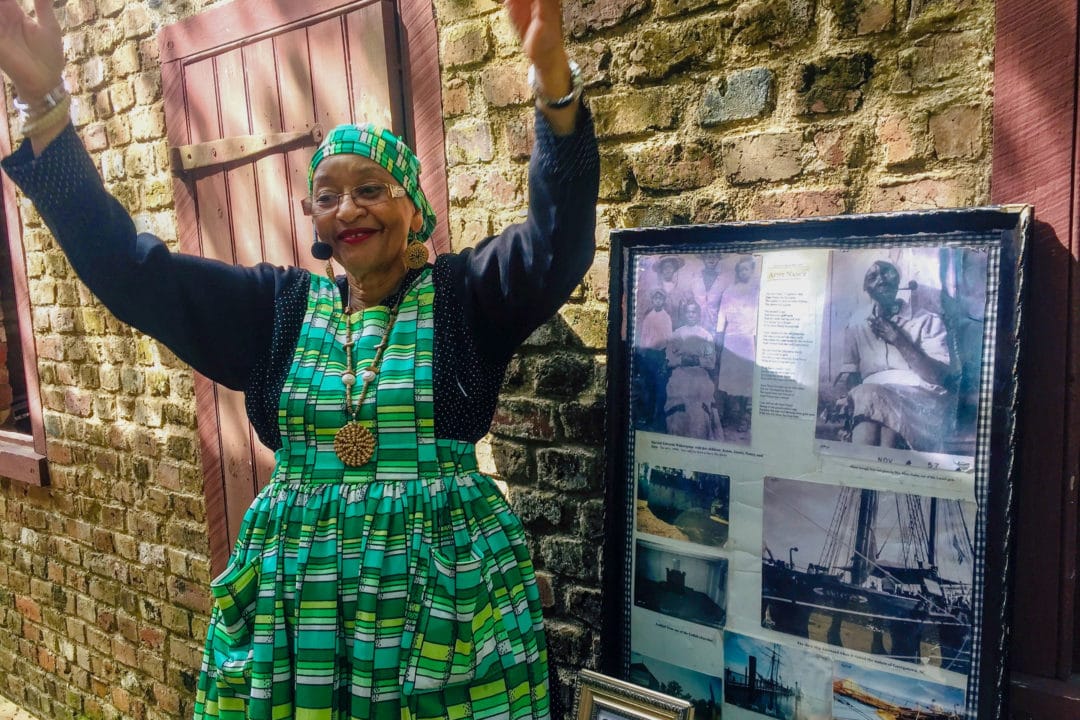
Hair tucked under a bright turban, long apron whipping in the breeze, I hear Miss Gloria For’s soulful voice before I catch sight of her. Sitting with other visitors on a half-moon of wooden benches, For’s Gullah storytelling enthralls me. Her performance is emotional and her vibrant songs, tales, and playful anecdotes slowly peel away the layers of Gullah heritage. Her true mastery lies in unfolding those small personal things that stick with you: that the Gullah paint their doors “haint blue” to ward off evil spirits and witches, or that their unwitting ancestors were brought to the marshy wetlands for their skills in copper mining, blacksmithing, and indigo farming. Understated and rich in integrity, For’s storytelling goes far beyond the ordinary, unfurling fundamental truths that remain as real today as they were way back when.
With tourism here on a decided upswing, there is a chance that South Carolina’s growing popularity might just threaten its unique cultural identity. But hopefully, with people like Smalls, Badger, Singleton-Prather, For, and others bringing voices and conviction to their cause, the vibrant Gullah legacy will remain intact.

